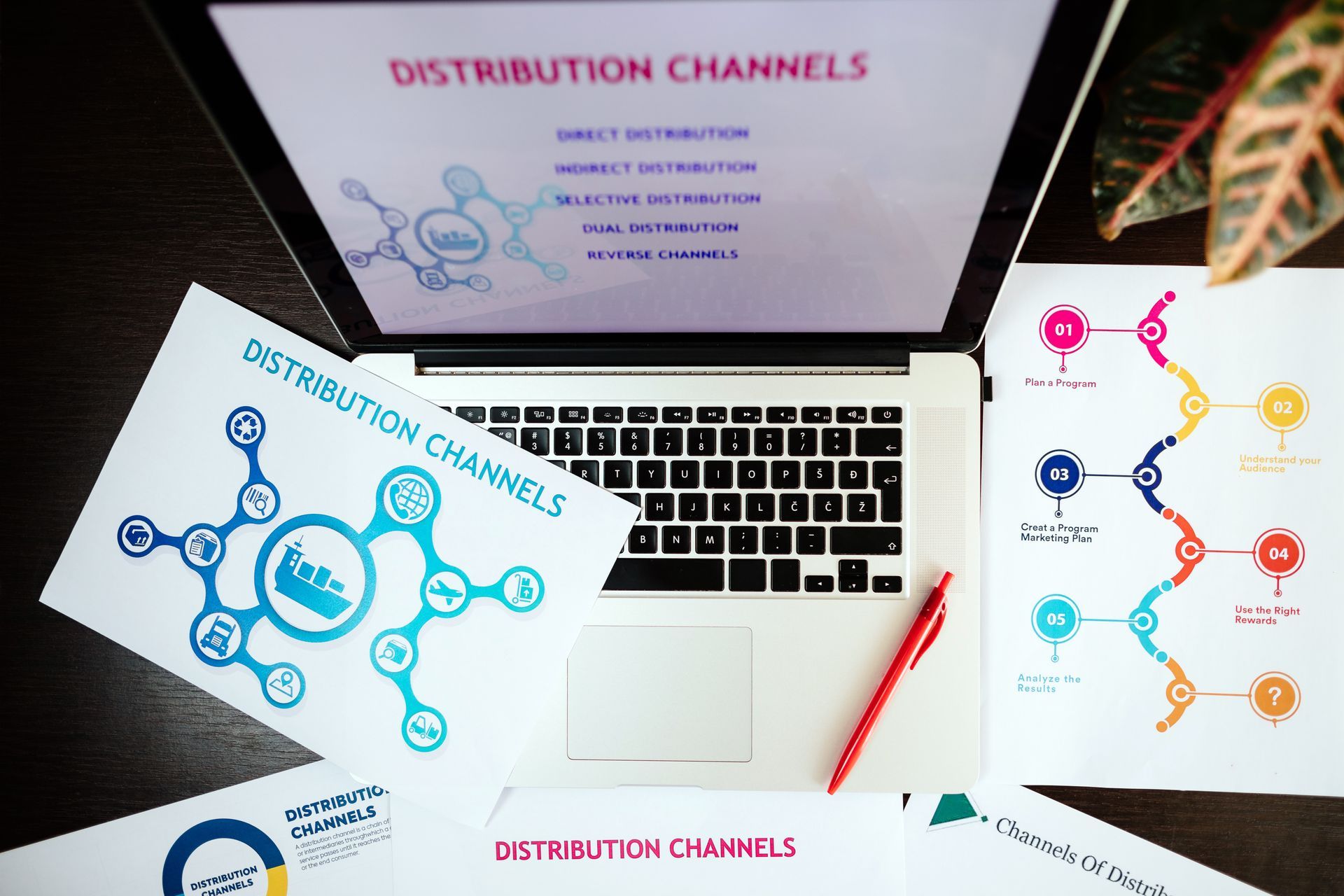Get more out of Shopify by using a Customer Data Platform (CDP)
Shopify provides many people with a simple way to open an online store. You don't need to worry about website design or maintenance, and all you need is your products. You can customize your store, and they offer basic sales analytics, and marketing analytics reports to get you started. However, as your business grows, you may want more granular insights. LayerFive can provide you with detailed insights that help you take your business to the next level.
What You Get with Shopify
Shopify offers some analytics and reporting, which you will find on the left-side menu. The types of reports you get depend on which plan you have, but everyone has the Overview dashboard, finance reports, and product analytics.
These basic reports are great for getting started, but they don't offer in-depth, detailed analytics that extend across platforms. Users say they are missing key eCommerce features, and they must use third-party apps for anything beyond the basic requirements. Shopify doesn't offer one convenient dashboard that can connect all your data across platforms and give you granular insights into your business. Sadly, this is critical to growing your orders.
How You Benefit from a CDP for Shopify
A CDP is a customer data platform, and it consolidates all of your customer data in one place. A typical Shopify business will use marketing tools e.g., Facebook Ads, Mailchimp, Klaviyo, Google Ads, SnapChat, etc. They might use other tools e.g. loyalty, SMS, reviews, fraud detection etc. The list can be endless.
Your CDP takes all of this data and places it in one place. You will be able to understand your customers better and provide better experiences for them. For example, when the CDP collects data from across platforms, you will have detailed insights into every step of the customer's journey and understand what leads to a sale vs a churn.
Another benefit is that you can improve customer satisfaction, which leads to trust and loyalty. You can personalize campaigns because you have more information about your customer's interests and where they are in their journey. E.g., if an individual has visited a particular product page multiple times and has inquired about it could benefit with some personalized messaging that speaks to her interest.
Using a CDP improves your Shopify store and helps you automate specific tasks. There is a great deal of data available, and it is important to collect it in one place where you can evaluate it and use it to acquire new customers and improve lifetime value of your existing customers.
Since a CDP can collect onsite behavior data, some CDPs could also provide insights into marketing performance across various media sources including owned, earned, and paid media sources. While you may get marketing insight from your web analytics tool like Google Analytics, you could get much more accurate and relevant marketing insights from a CDP some CDPs could also offer a complete marketing attribution solution, enabling your teams to measure their marketing performance, and act on that from the same platform.
What Does LayerFive Offer?
LayerFive offers a CDP that collects data from different apps, marketing sources, and more. LayerFive collects website and app visitor data using its own first-party tracking. It resolves consumer identity across all the data sources to build out a unified customer profile. LayerFive integrates with Shopify and provides deeper sales, product, marketing and customer behavior insights. It ties the sales in Shopify back to the marketing sources that contributed in bringing those sales including paid, earned and owned media sources. LayerFive is the only Shopify CDP in the market that offers a single-source-of-truth marketing performance reporting with full attribution.
It can give you insights into which ad campaigns are most effective by showing you how many orders are from TikTok, WhatsApp Messaging, Facebook Ads, or other platforms. You will learn which ads your customers find most attractive and which ones they tend to scroll past.
Given the recent issues with Facebook’s ad performance reporting, LayerFive offers a solution that not only provide true performance insight into Facebook Ads, but also it shows how each paid media source is doing alongside email, SMS and referral sources.
Once you have this information, you can use it to create powerful, successful advertising campaigns. You can take personalized data about your customers and create ad campaigns relevant to them. If you have a TikTok ad that isn't working, you know that you need to rethink your strategy.
Another way that LayerFive helps is by showing you where your customers stop in their buying journey. Some quit at the ad, which indicates that it didn't speak to them. Others may abandon their shopping cart, indicating that your checkout process is too complicated. This type of detail helps you improve the customer experience from start to finish.
Tracking the Customer Journey
Shopify offers limited data surrounding your customers' journeys, but sales are often attributed to the last known user action, which isn't always accurate. To truly understand your customers, you need to know when their journey started.
For example, your customer may have seen a Google ad a few days ago. Three days later, they might remember it and go directly to your store. Shopify would call this "direct," but it was actually influenced by the Google ad. LayerFive helps you track your customers across the entire journey by pulling data from multiple sources and using its patent-pending cross-device identity resolution tech.
Identity Resolution
Another area where Shopify falls short is in identity resolution. For example, if a customer makes a purchase using one email, and then makes another purchase using another email, Shopify counts it as two unique users making purchases. They are unable to pull other data surrounding the sale to find out if it is a new customer or a returning customer using a different email.
It is important to know whether customers are new or returning, and LayerFive will pull data from multiple channels to give you details about each customer. This process helps to build a more complete picture of each customer, and, more importantly, you will be able to identify your customers. You can make your interactions more meaningful and improve the customer experience with this information.
You run into the same problem when you are using Facebook Ads, Google Ads, and more. They do not use identity resolution, so the data you collect isn't as detailed as it could be. For example, a customer might see an ad on Facebook, click the link, and make a purchase. Facebook would attribute that sale to their ad. However, the customer may have seen a blog post, received an email offer, or looked at the store directly.
When you use a CDP, you will see all of the steps in the customer's journey, so you will know what role each step played in the purchase. This is important when you are budgeting for ads and determining the best way to market your products. When you have granular insights into the entire customer experience, you will know where you need to focus your efforts.
Final Thoughts
Although Shopify offers some insights and analytics, they don't provide you with the detailed data connections you need to get a complete picture of your customers' experiences. LayerFive offers a customer data platform that consolidates all of your customer data in one place, and it generates dashboards and reports to let you know how your customers are reaching your products. When you have granular insights into your customers' journeys, you can improve the customer experience, grow your business, and drive repeat sales.
You might also like:




